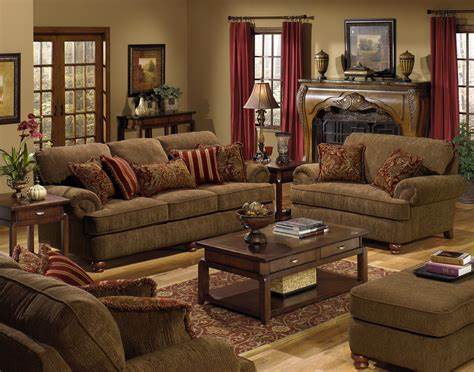



China, being the largest furniture producer globally, involves significant carbon emissions in the production of main raw materials such as wood, metal, glass, and plastics, and further emissions occur during their transformation into furniture products. Rational utilization and recycling of raw materials by furniture enterprises, along with improvements in production and processing techniques, are beneficial for reducing carbon emissions. Thoughtful design of furniture structures enhances the usage rate of primary materials. Combining wood with metals, plastics, glass, and fibers can reduce the demand for solid wood, thereby protecting forest resources. Extending the lifespan of furniture reduces the total production and shortens the production cycles, thus conserving energy and achieving low-carbon goals. Furniture enterprises can also leverage technological innovation and smart manufacturing to improve raw material cutting, drilling, edge banding, hot pressing, drying, and finishing processes, enhancing equipment processing capabilities and efficiency, reducing energy consumption in production, and achieving low-carbon objectives. By standardizing methods, defining greenhouse gas emission accounting and reporting requirements for furniture enterprises facilitates the rational use of raw materials, the transformation of production processes towards low-carbon, and the enhancement of material and energy utilization, promoting green development in the furniture industry.

In December 2023, the Standardization Administration of China (SAC) approved the plan to establish the national standard Requirements of the carbon emission accounting and reporting —Part 20: Furniture production enterprise. On April 25, 2024, the National Furniture Standardization Technical Committee and the National Carbon Emission Management Standardization Technical Committee completed the draft standard and opened it for public comments, with a submission deadline set for June 25, 2024.
This standard will specify terms related to the accounting and reporting of greenhouse gas emissions by furniture manufacturing enterprises, including accounting boundaries, accounting steps and methods, data quality management, and the content and format of reports.
As China approaches its 2030 carbon peak target, all industries are facing the formidable task of reducing carbon emissions. This standard will assist furniture manufacturing enterprises in clearly delineating their greenhouse gas emissions during production and management processes, establishing reasonable emission reduction targets, devising advanced and sensible energy use plans, minimizing unnecessary energy consumption and waste in production processes, urging enterprises to upgrade and retrofit equipment, and phasing out substandard production capacities. This standard may potentially be referenced by future carbon regulations and certification systems, making it worthwhile for overseas enterprises to monitor and study.


